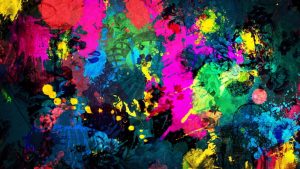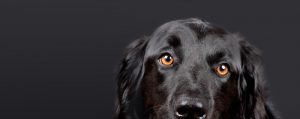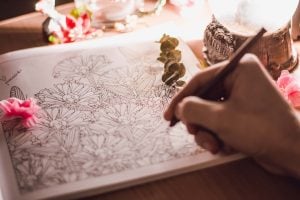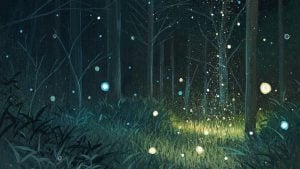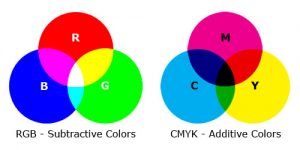Green is the color that characterizes healthy nature. The grass beneath your feet, the rustling leaves in the forest, even algae in water. In nature, green is usually created by chlorophyll, the lifeblood of the plant world. It is chlorophyll that allows plants to convert sunlight into the energy that they need to survive and thrive.
The color green is linked with the feeling and renewal and refreshment, which is why it is also the color associated with mint. It can be used to encourage growth and healing. The color green is also a balancing color, with everything in the right proportion, like in nature. In human beings, it encourages a balance between the logic and the head and the emotions of the heart.
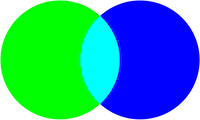
Blue is the color of expanse. The sky above our heads and the oceans before our feet teach us about the color blue. It has been a popular color in art since the beginning of civilization. In Ancient Egypt, the semi-precious blue stone lapis lazuli was the most prized of all. During the Renaissance, the blue pigment ultramarine was the most expensive of all pigments.
Blue is a tranquil and calming color that can provide perspective and emotional stability. It helps us understand our place in the world, and allows us to sense the idea of there being something more and greater. It can engender an inner sense of confidence and security that supports us to move smoothly through the chaos of existence.
Green + Blue = Cyan
Together blue and green make cyan, also known as blue-green. The strong properties of these two colors are enhanced and complement one another, rather than being subsumed and transformed, when mixed.

Bringing together the balance of green with the tranquility of blue creates a strong healing force that can be used to support both physical and emotional healing. It can be the ideal color for relieving stress. Cyan is also the color of communication, and draws a connection between the heart and the mouth. It can be a powerful tool when having difficult conversations.
Cyan is also characterized by the complete absence of red, which is the color of strong emotions and the ego. This suggests a lack of egotism, which is the perfect state for making strong connections with others.
Additional read: The art of color mixing

